Rolls-Royce has started on-road testing of its first all-electric production car, the Spectre, ahead of a market launch in the fourth quarter of 2023. By then, prototypes will have covered 150 million miles in a range of conditions, which Rolls-Royce equates to a simulated 400 years of use.
The first Rolls-Royce Spectre prototype spotted by our spy photographers appears to be the same car shown earlier this year in official preview images, but the design is much clearer to see here. The Goodwood firm’s CEO, Torsten Müller-Ötvös, was adamant that the prototype is a faithful representation of the production car.
The Spectre will be a swept-back two-door grand tourer with a characteristically long bonnet and muscular proportions – characteristics that line it up as a viable replacement for the Wraith, which first went on sale in 2013.
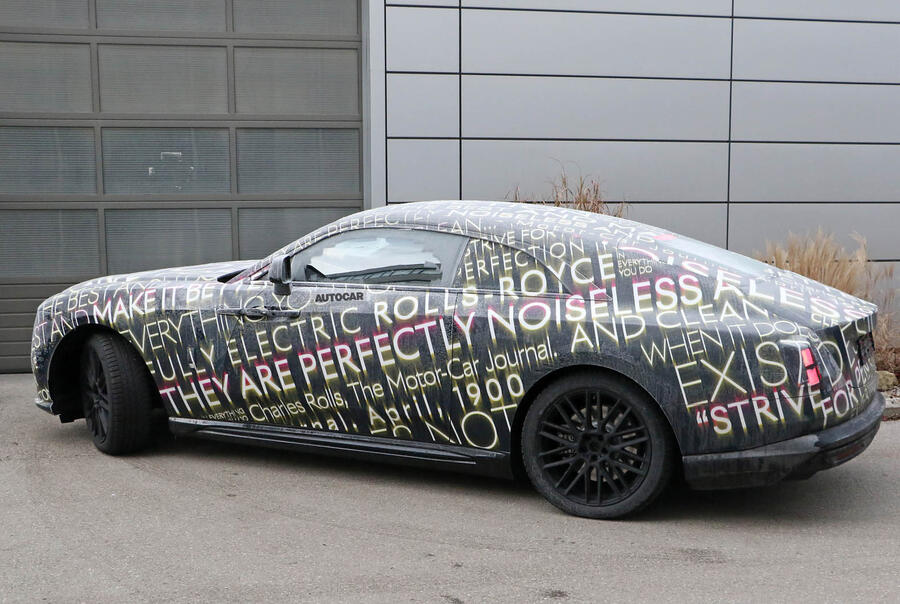
Rolls-Royce has yet to confirm plans to end production of the Rolls-Royce Wraith, but it withdrew both the hard-top version and its Rolls-Royce Dawn soft-top sibling from sale in the US this year, suggesting a wind-down is imminent.
Notably, the Wraith and Dawn are the only models in the Rolls-Royce line-up to still use a platform developed entirely by parent company BMW – derived from the F01-generation 5 Series, which arrived in 2008. The larger Phantom, Ghost and Cullinan now use Rolls-Royce’s own Architecture of Luxury platform, which can house a pure-electric drivetrain and will eventually underpin every Rolls-Royce model.
The luxury brand first previewed its approach to electrification with 2011’s Rolls-Royce Phantom-based 102EX concept, which was devised chiefly to determine the viability of EV power as a replacement for its large-capacity petrol engines.

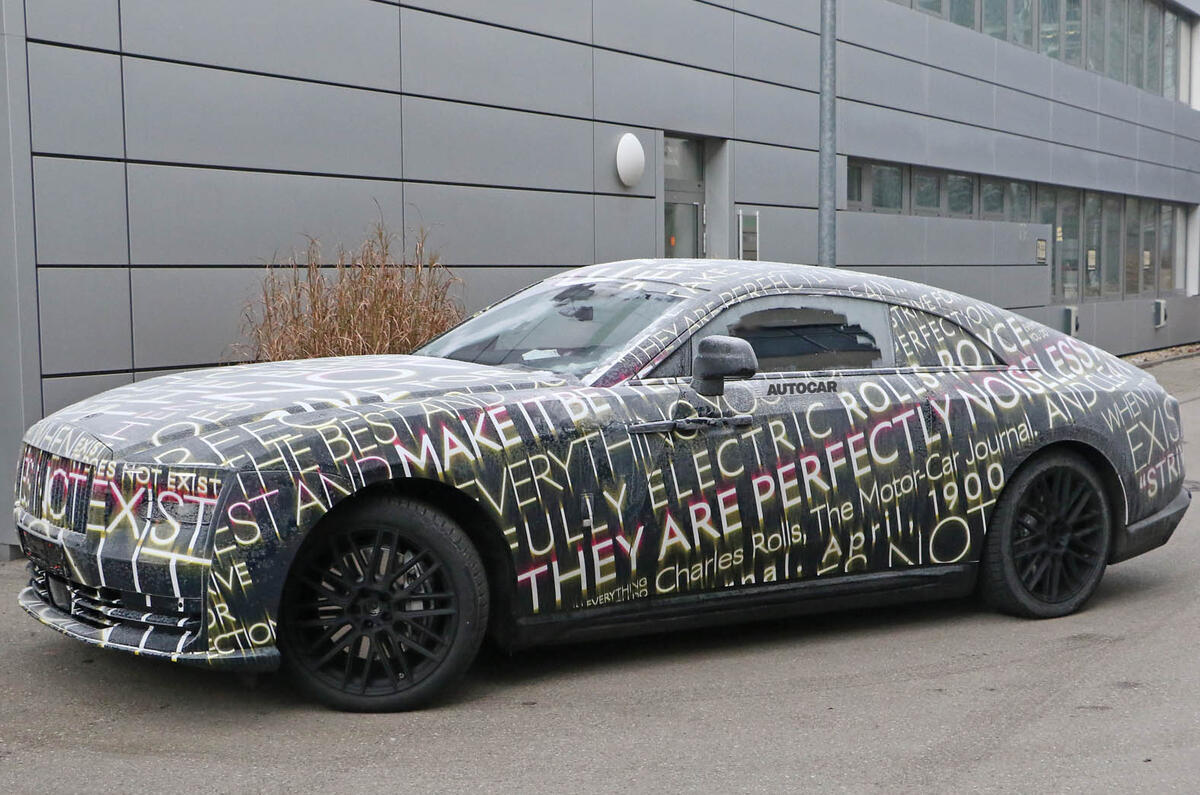
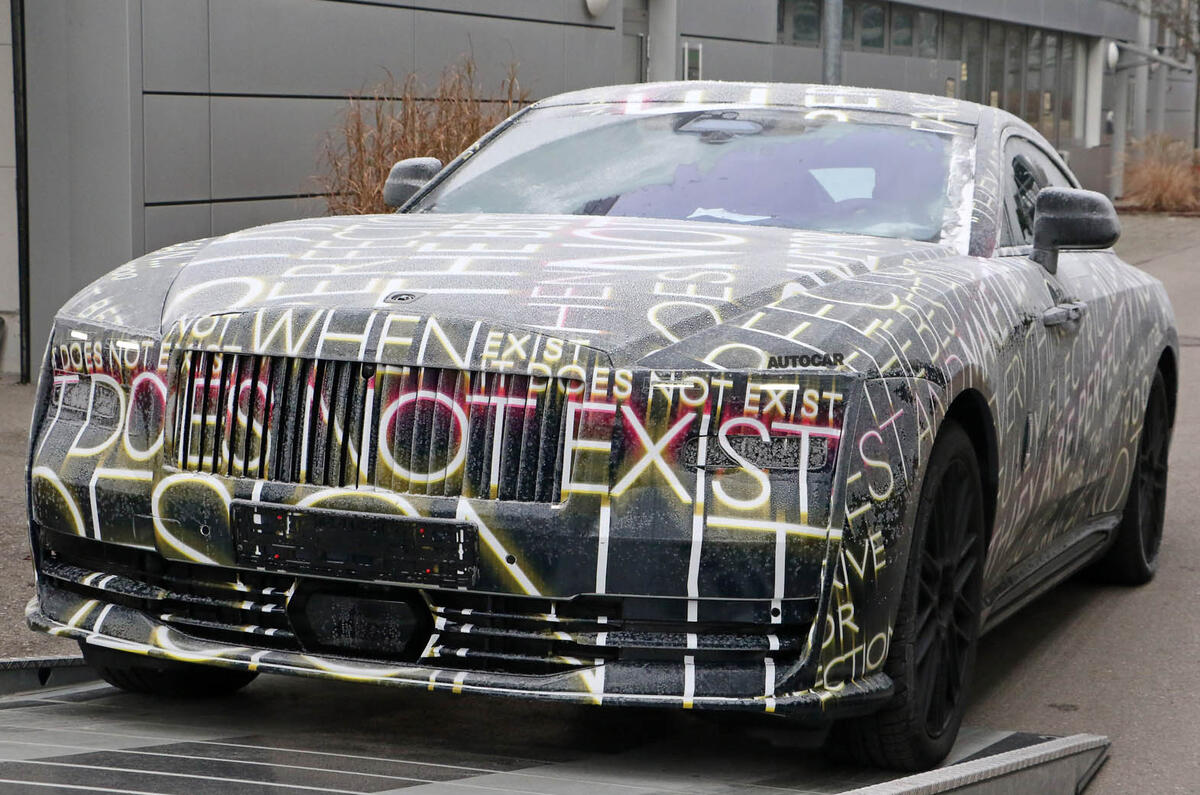
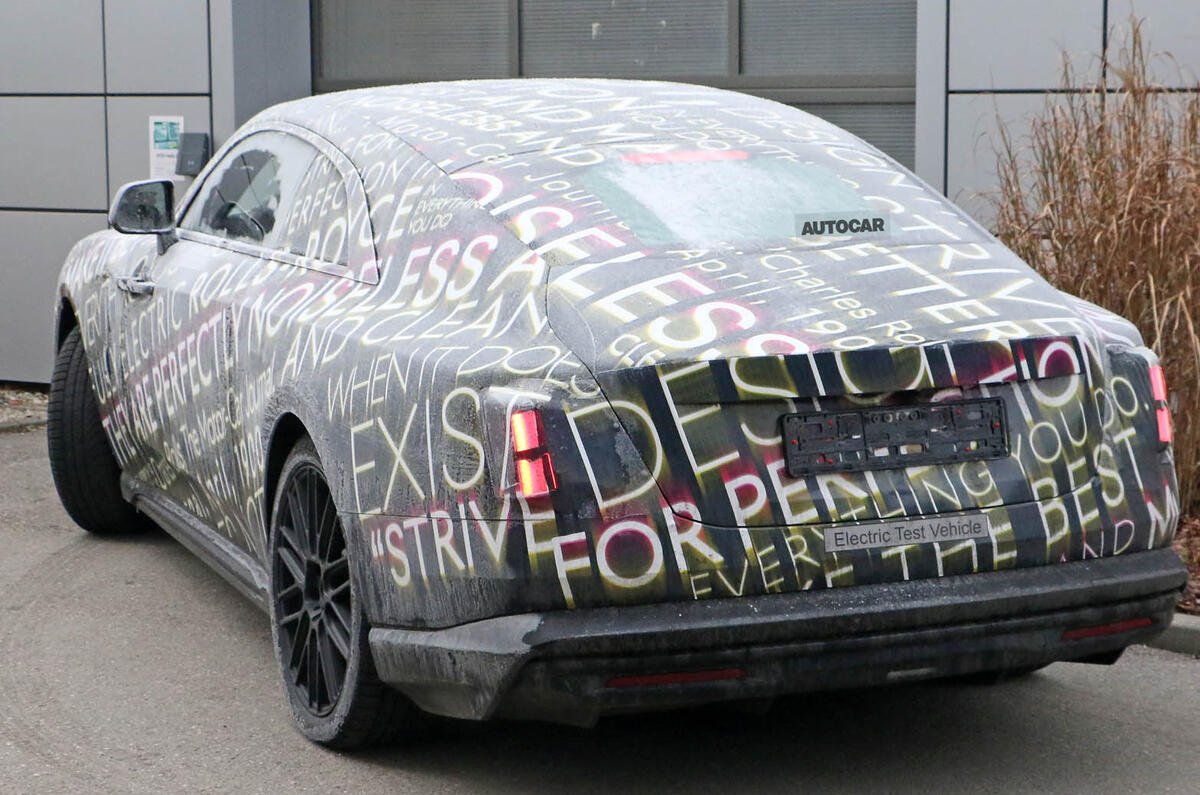
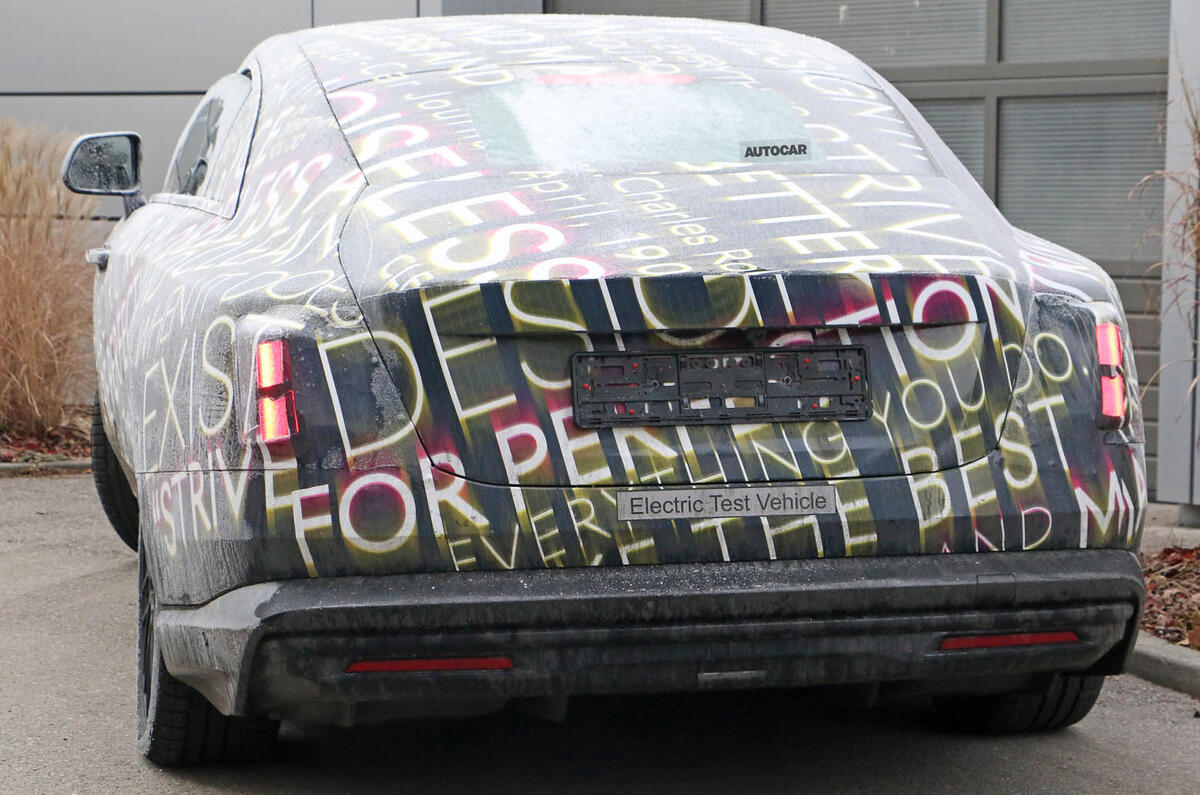
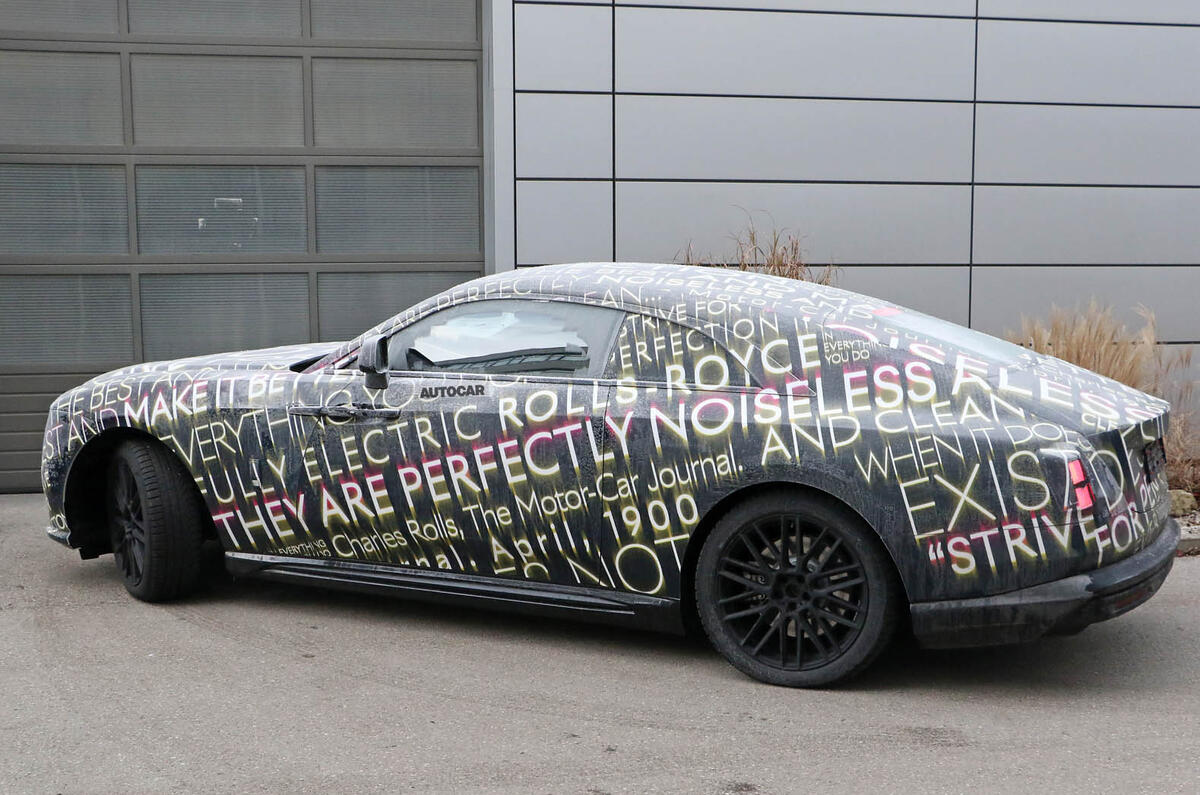
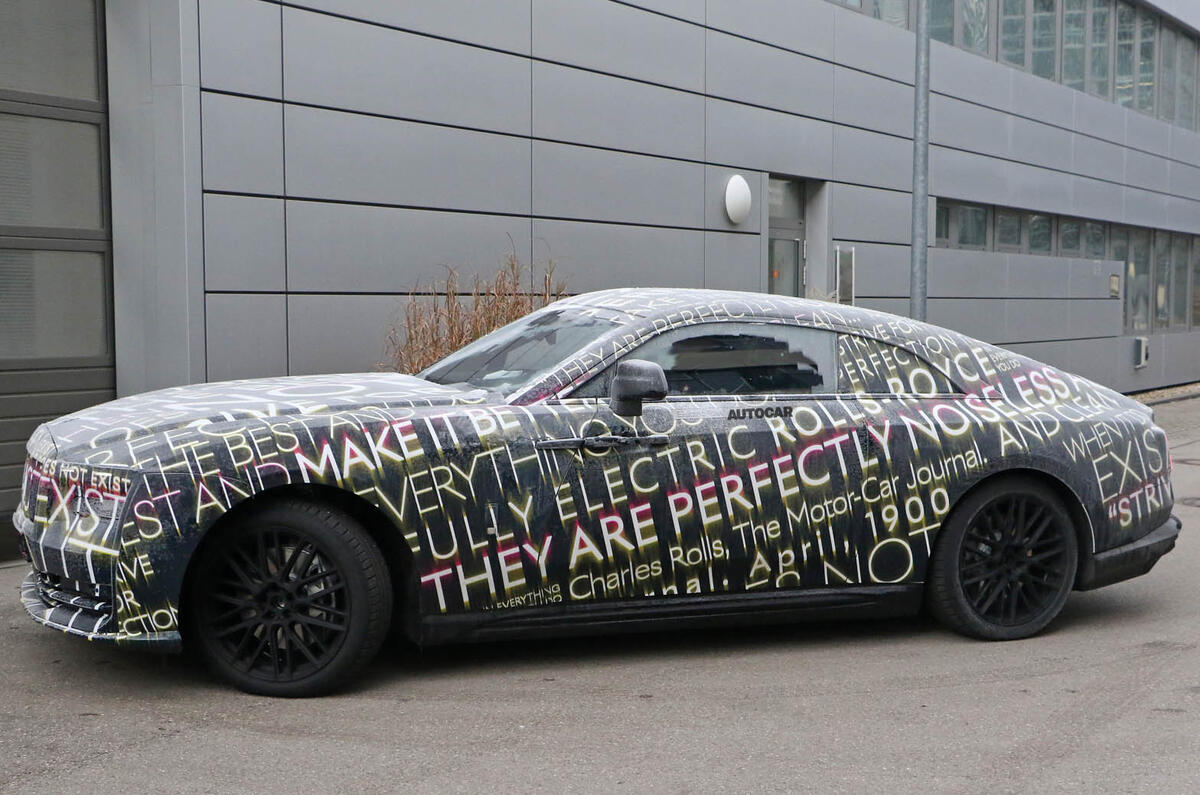
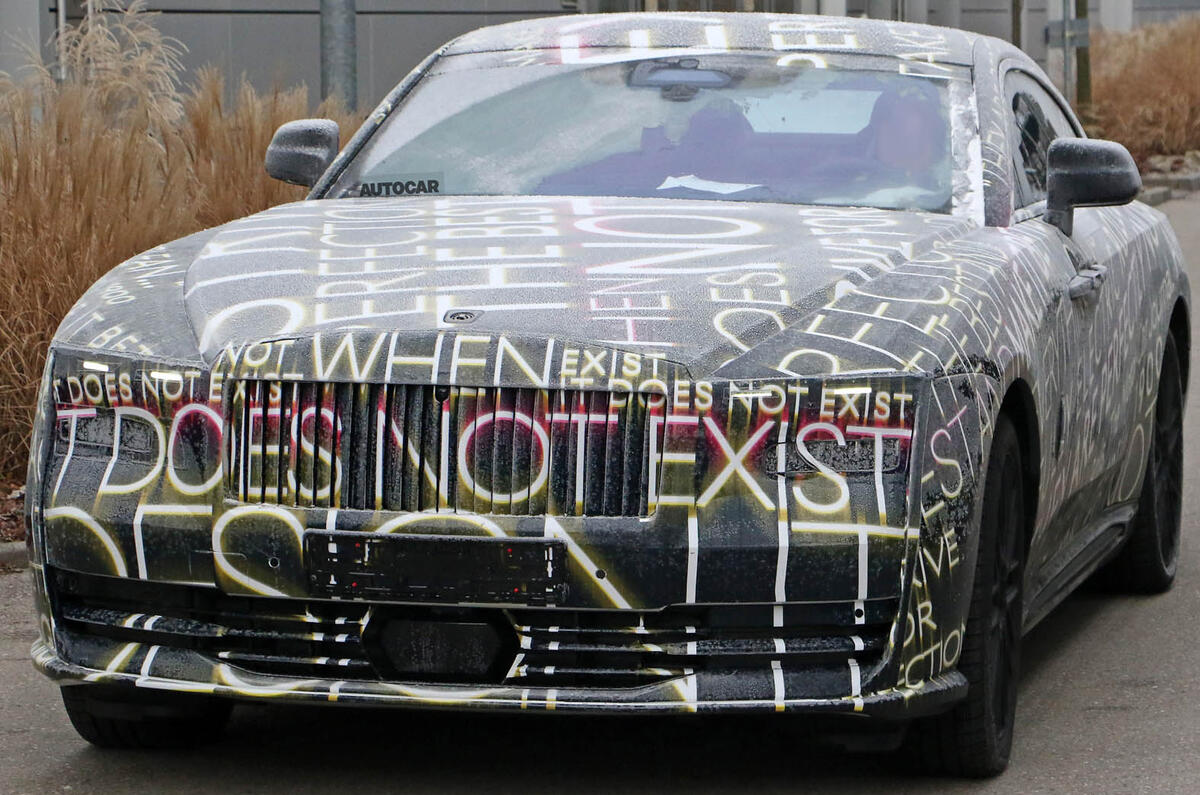
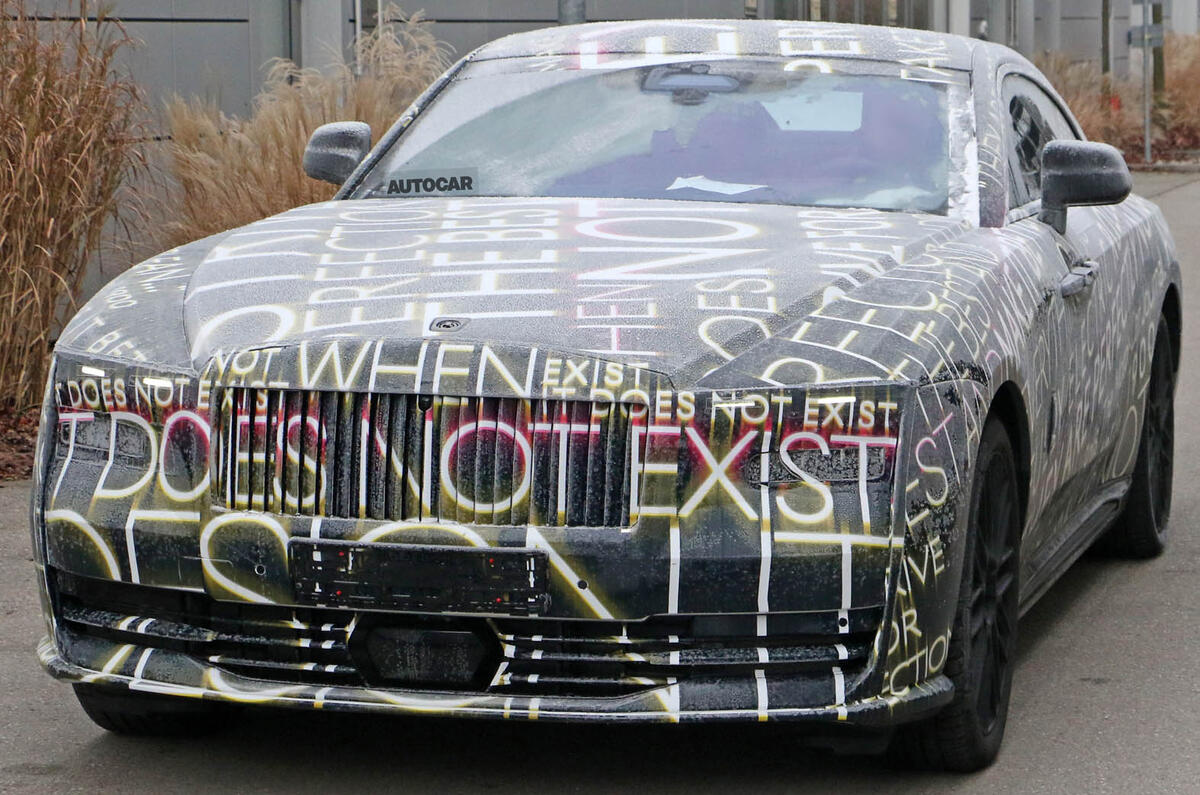
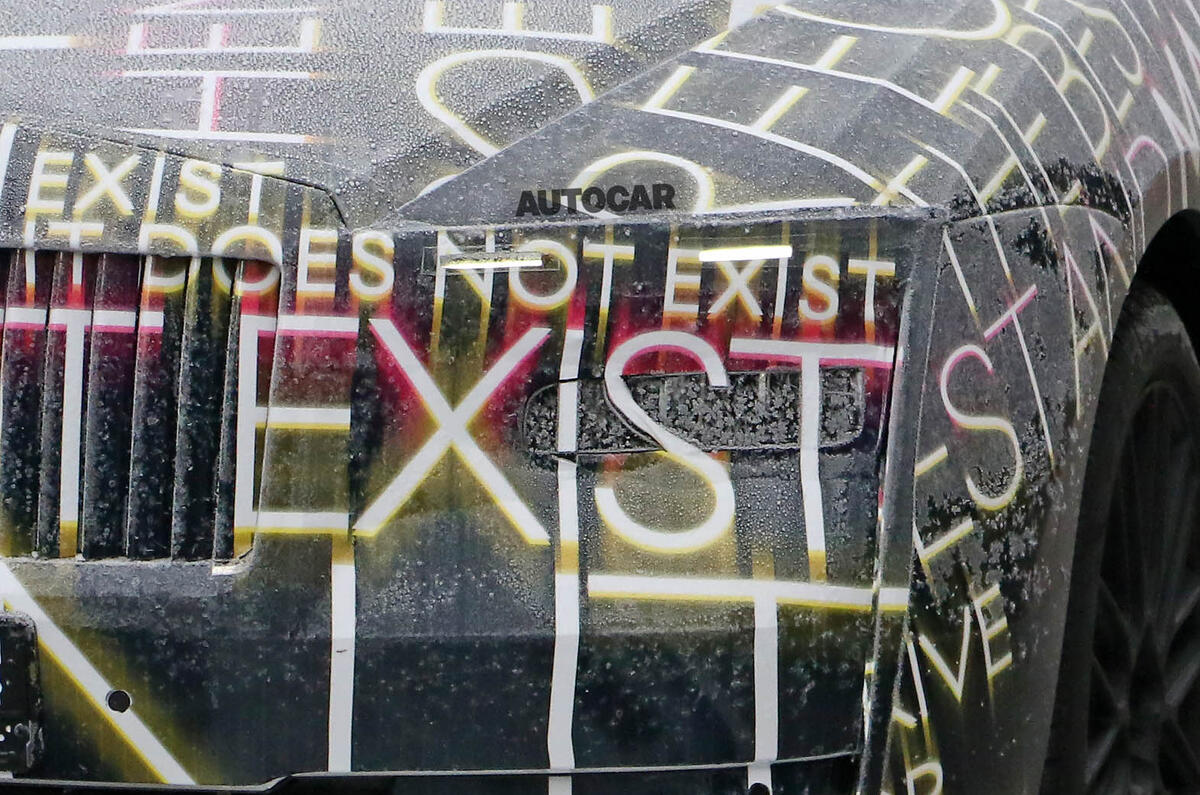

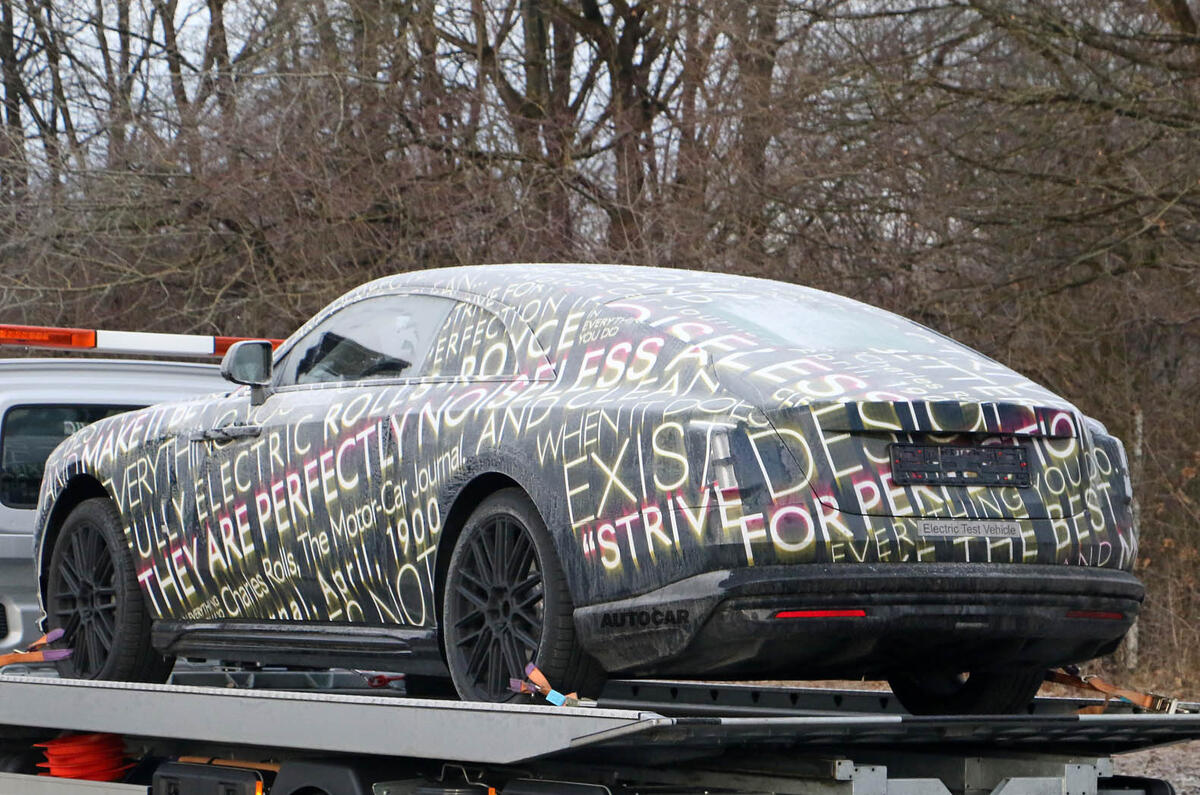
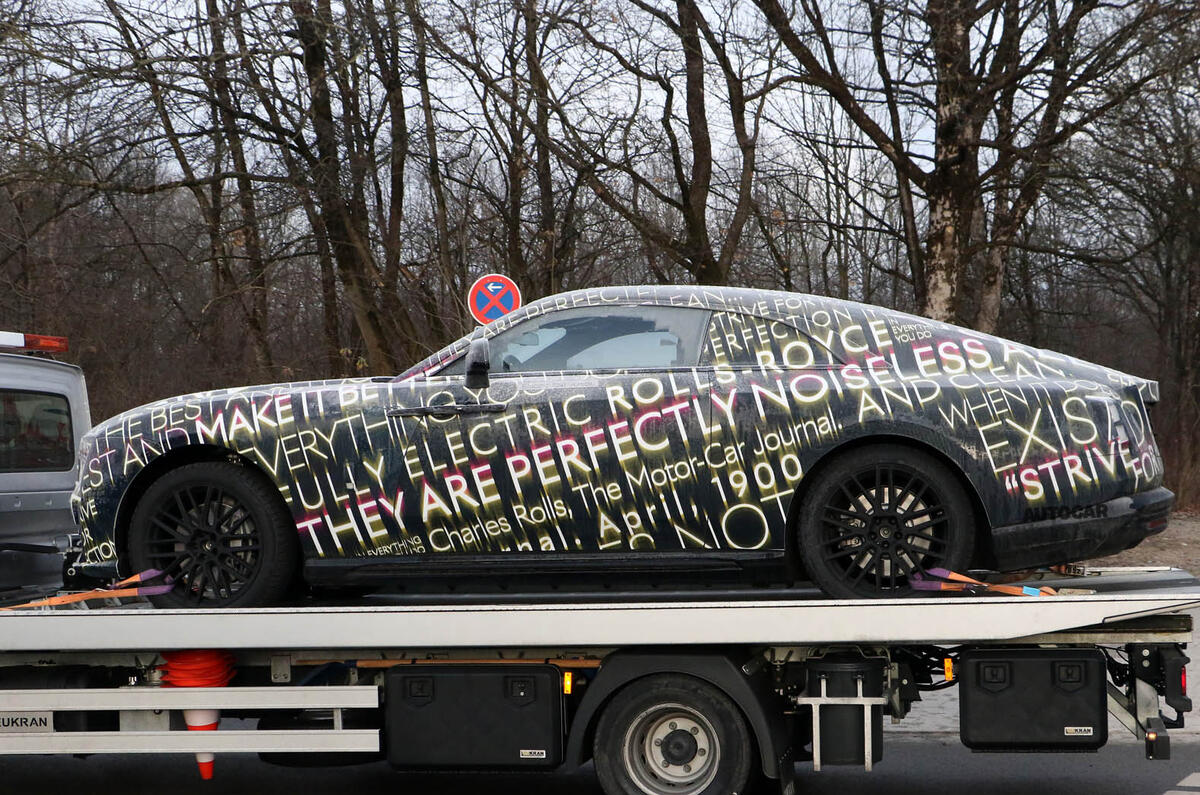
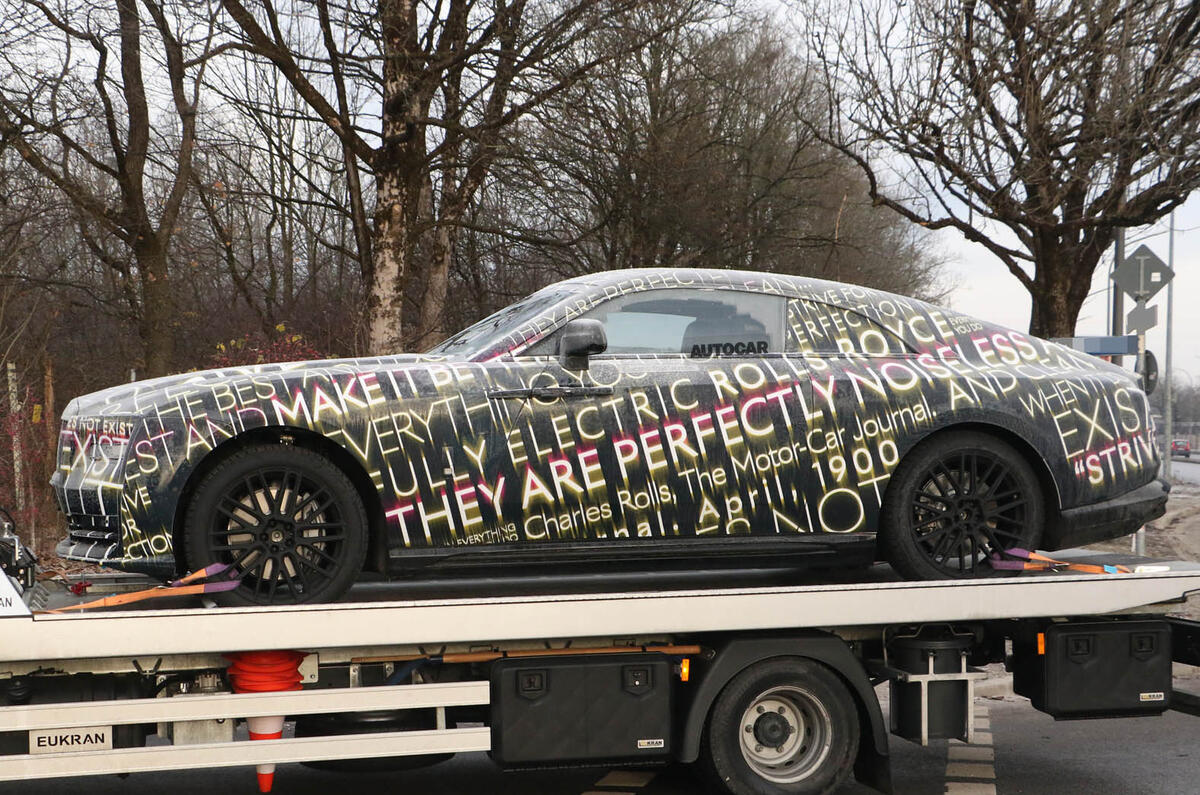
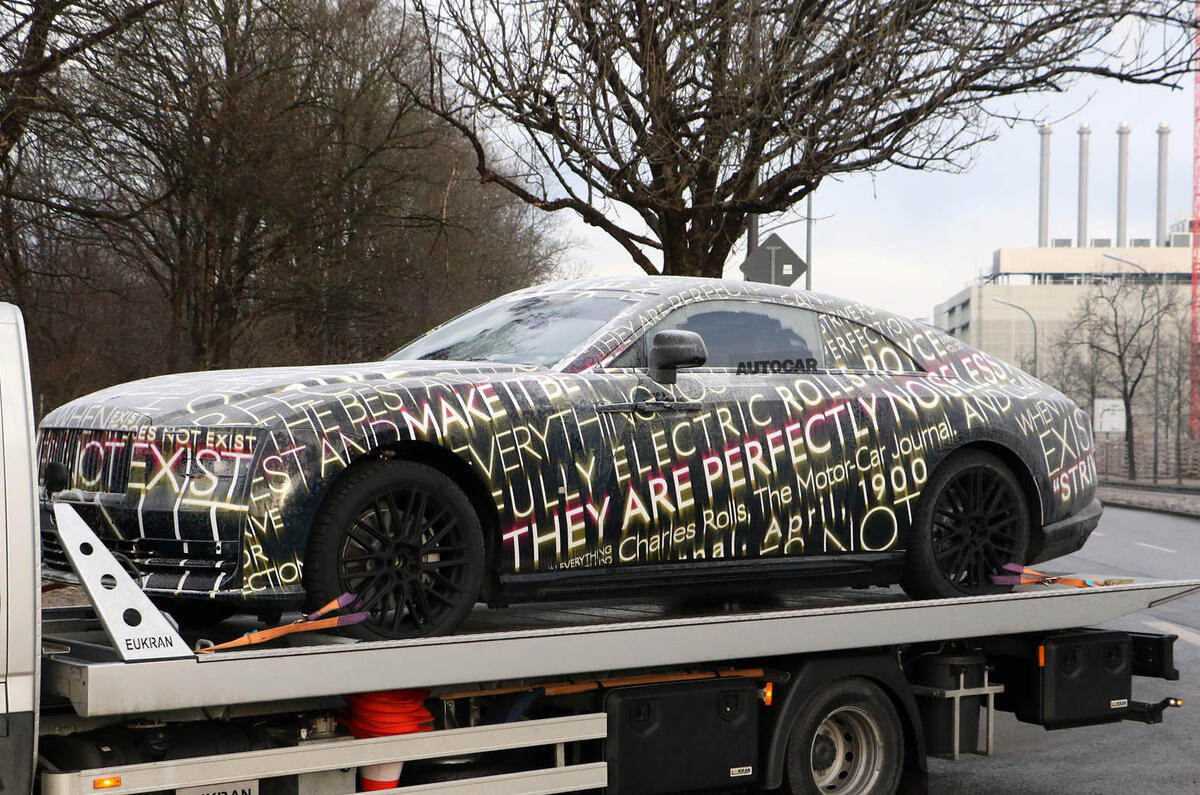

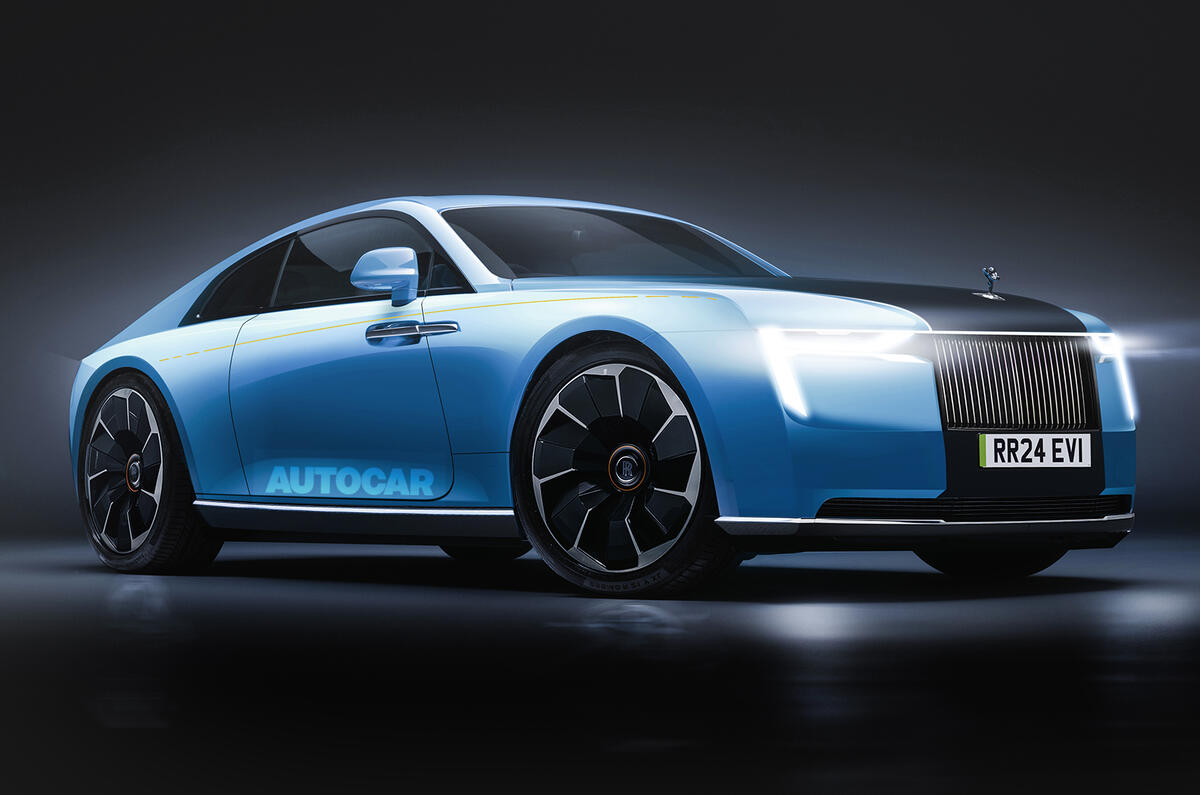

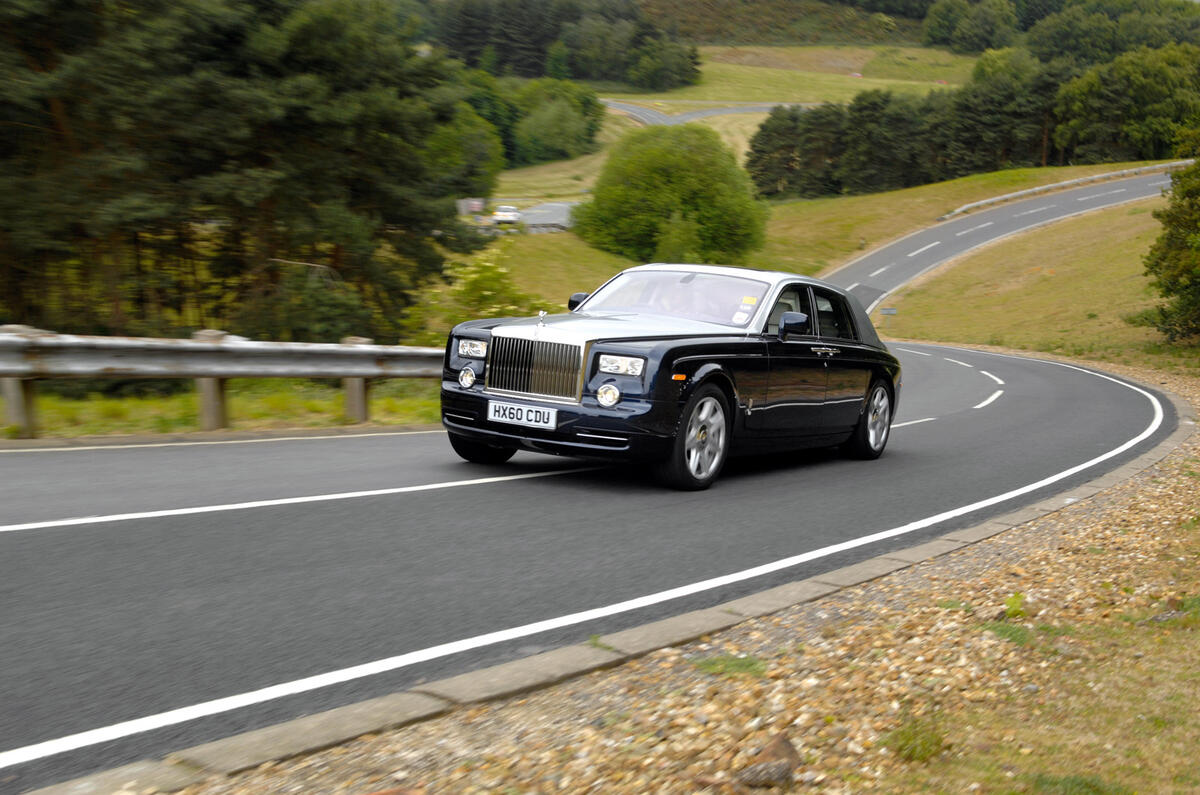
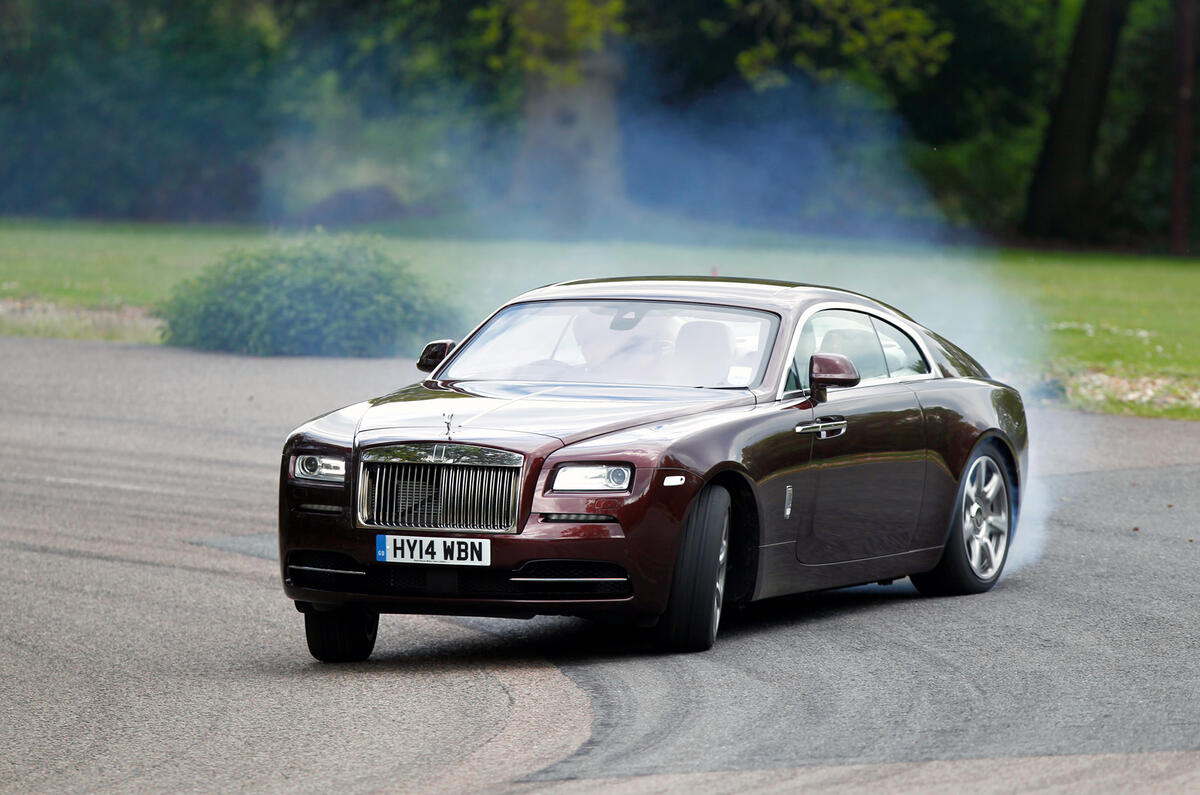
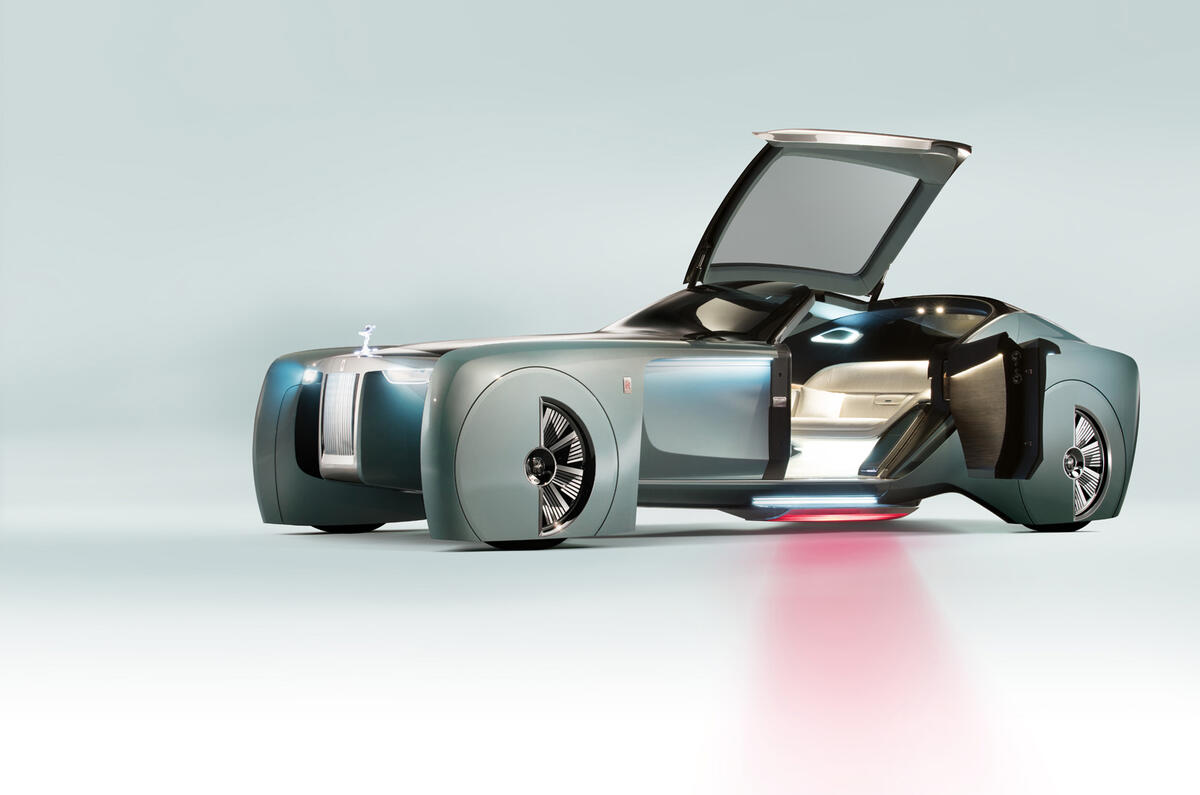
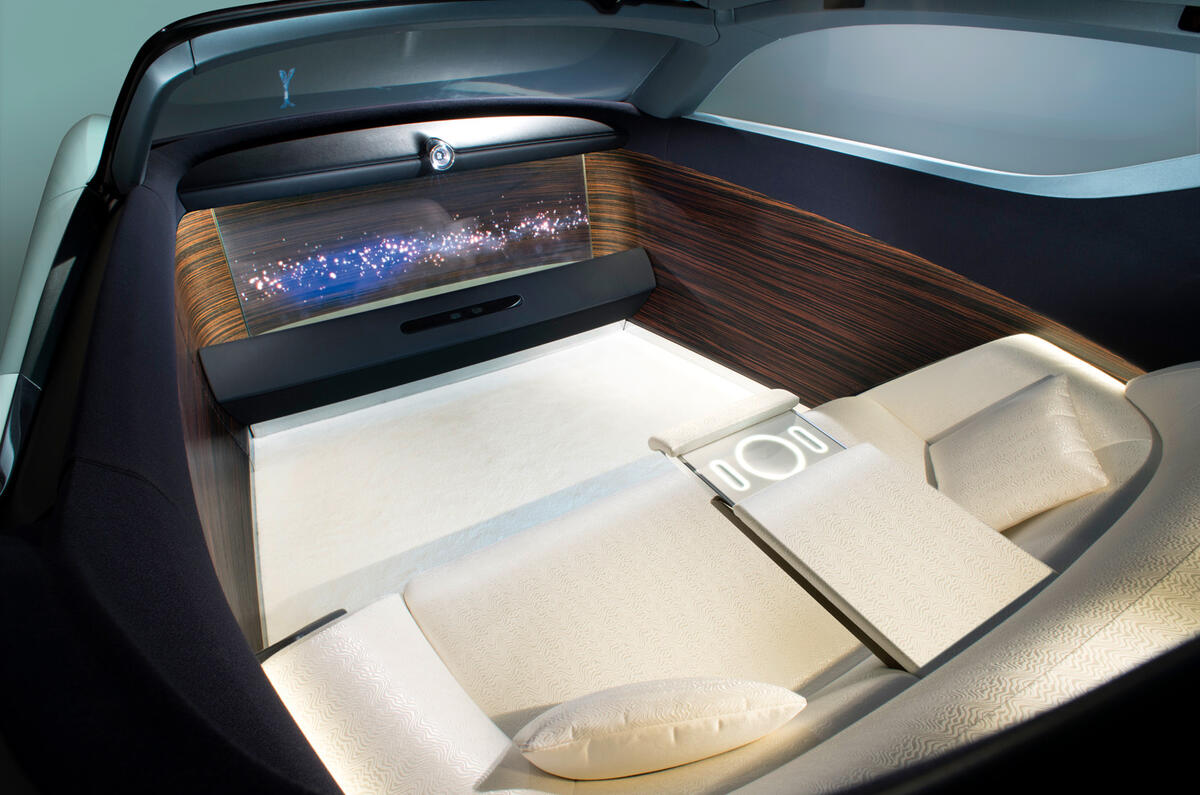

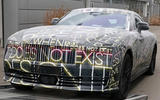


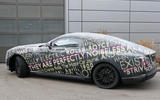




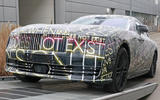



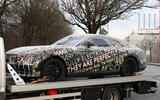
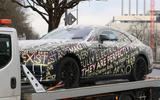
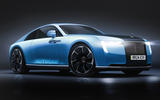
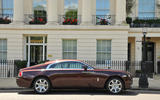

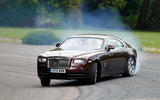
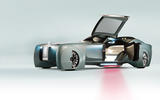
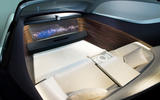


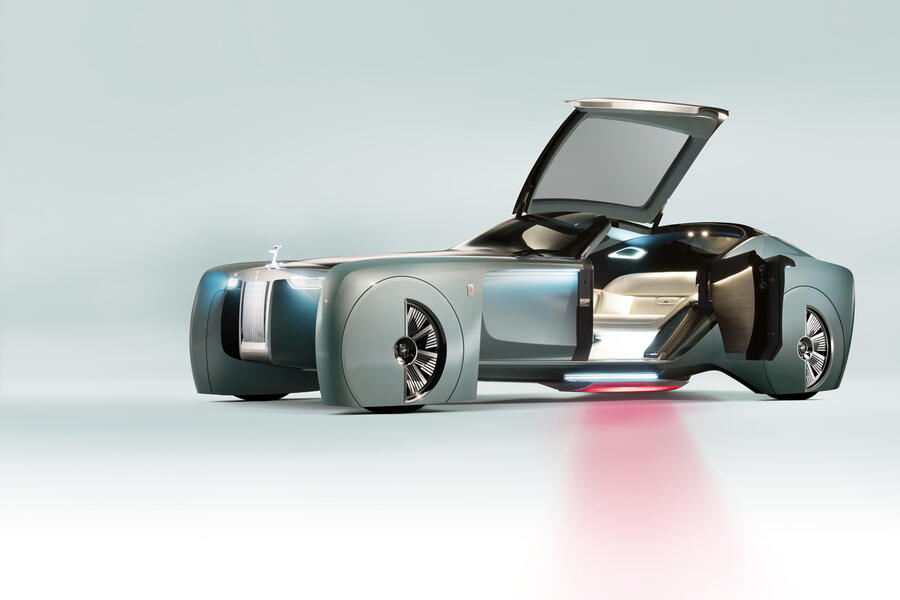






Join the debate
Add your comment
I get paid more than $90 to $100 per hour for working online. I heard about this job 3 months ago and after joining this I have earned easily $10k from this without having online working skills . Simply give it a shot on the accompanying site…Profitloft.ga
In other words, platform sharing means that the EV version will be burdened by a long bonnet - with what under it exactly? Picnic sets as in the Maybach Vision concept car?
I know that it's anew vehicle and only a few have hit the road, but the range and power of the the Lucid Air Dream version is cuurently without equal. Im not in anyway comparing it to a Rolls Royce, but at least the level of power and efficiency a big heavy car like those produced by RR is attainable! Its suggested that the Air gets those power numbers and range by using a lot of batteries, which make the vehicle very heavy. I don't see that as a negative on RR vehicles, for as mentioned in the article, they have some other heaviest vehicles on sale anyway! In fact, it is a selling point. That added battery weight, has not prevented the Air from putting up some impressive test track performance numbers at the test track! Truth be told, I would be surprised if RR would still need to remove more weight from their vehicles body in white, to properly balance the additional of the batteries. Then again, with out that big V12 to push around, maybe there might be an even switch?
Is this a riddle? This post makes no sense to me. Peter Cavellini is good at this – maybe he can help?